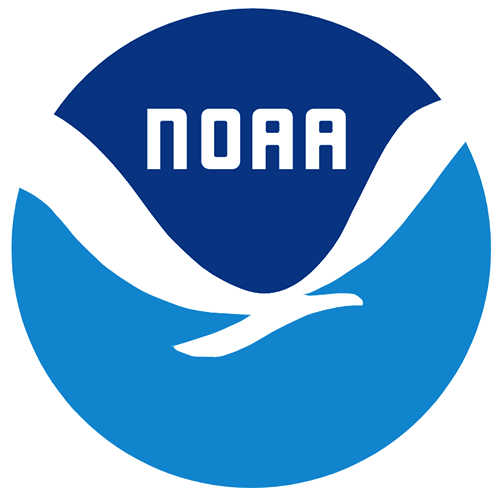2009 OPR Lidar: Columbia River
Welcome Guest ( Sign In )
NOAA
 The data set represents the lidar elevations along the Columbia River corridor in Oregon, including portions of the following
counties: Gilliam, Hood River, Multnomah, Sherman, Umatilla, Wasco. The area includes portions of the Columbia River Gorge, as
well as three smaller areas east of Hood River, OR. This data set covers 27,577 acres and was collected between December 7, 2009
and February 22, 2010. This data is part of a larger LiDAR survey effort by the US Army Corps of Engineers along the entire
Columbia River.
The lidar data are multiple return and are classified as unclassified and bare earth. The LiDAR survey used Leica ALS50 Phase II
and ALS60 laser systems. The sensor scan angle was +/- 14 degrees from nadir with a pulse rate designed to yield an average native
density (number of pulses emitted by the laser system) of > or = 8 points per square meter over terrestrial surfaces. In some areas
of heavy vegetation or forest cover, there may be relatively few ground points in the LiDAR data. Elevation values for open water
surfaces are not valid elevation values because few LiDAR points are returned from water surfaces.
Watershed Sciences, Inc. collected the LiDAR and created this data set for Oregon Parks and Recreation Department.
Original contact information:
Contact Name: Brady Callahan
Contact Org: Oregon Parks and Recreation
Phone: 503-986-0783
Email: brady.callahan@state.or.us
This data set is an LAZ (compressed LAS) format file containing LIDAR point cloud data.
The data set represents the lidar elevations along the Columbia River corridor in Oregon, including portions of the following
counties: Gilliam, Hood River, Multnomah, Sherman, Umatilla, Wasco. The area includes portions of the Columbia River Gorge, as
well as three smaller areas east of Hood River, OR. This data set covers 27,577 acres and was collected between December 7, 2009
and February 22, 2010. This data is part of a larger LiDAR survey effort by the US Army Corps of Engineers along the entire
Columbia River.
The lidar data are multiple return and are classified as unclassified and bare earth. The LiDAR survey used Leica ALS50 Phase II
and ALS60 laser systems. The sensor scan angle was +/- 14 degrees from nadir with a pulse rate designed to yield an average native
density (number of pulses emitted by the laser system) of > or = 8 points per square meter over terrestrial surfaces. In some areas
of heavy vegetation or forest cover, there may be relatively few ground points in the LiDAR data. Elevation values for open water
surfaces are not valid elevation values because few LiDAR points are returned from water surfaces.
Watershed Sciences, Inc. collected the LiDAR and created this data set for Oregon Parks and Recreation Department.
Original contact information:
Contact Name: Brady Callahan
Contact Org: Oregon Parks and Recreation
Phone: 503-986-0783
Email: brady.callahan@state.or.us
This data set is an LAZ (compressed LAS) format file containing LIDAR point cloud data.
